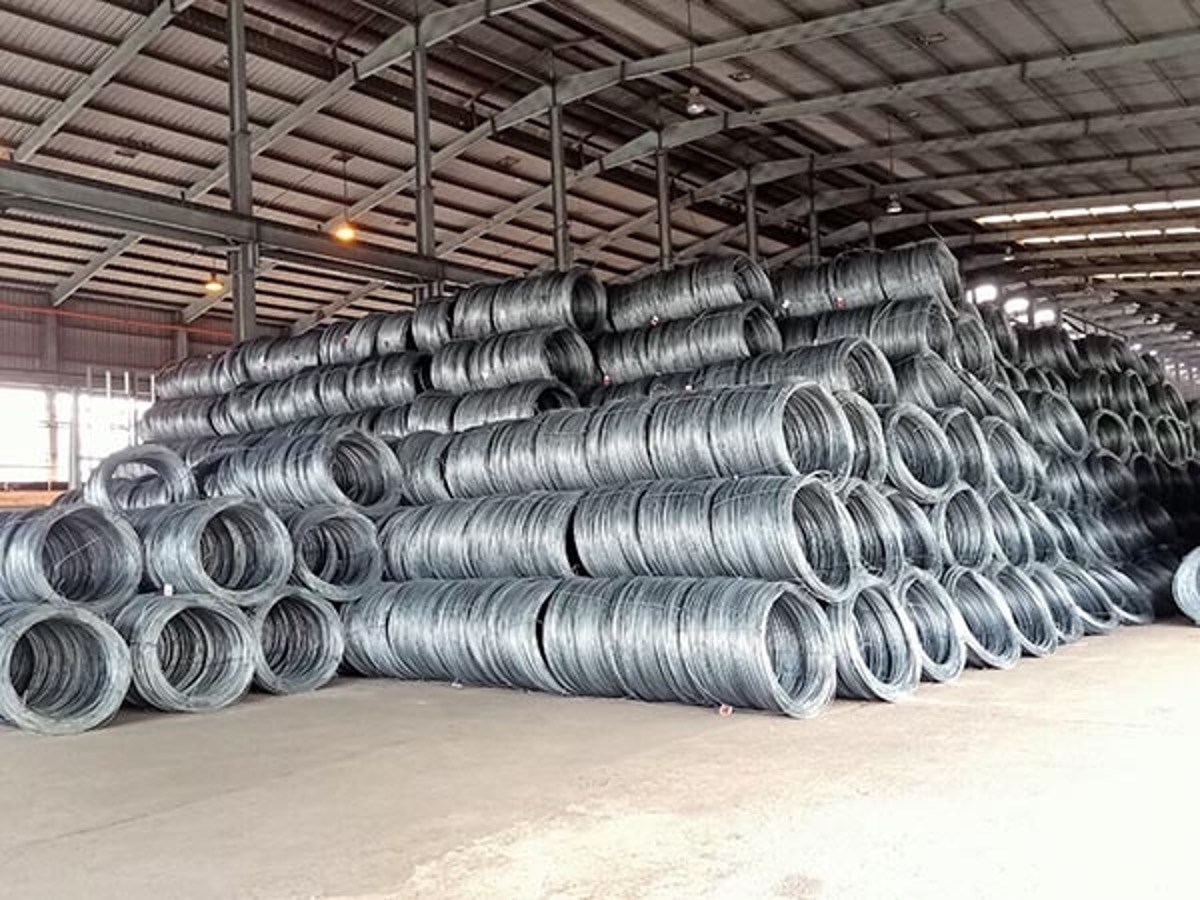Binding wire is a critical material in construction, widely used for tying rebar and ensuring structural integrity in concrete projects. The price of binding wire in India is influenced by multiple factors, ranging from raw material costs to broader economic trends. Understanding these elements is essential for anyone involved in construction or steel-related industries.
Factors Influencing Binding Wire Prices
Raw Material Costs and Steel Prices
Price fluctuations for binding wire are mostly caused by the price of raw materials, especially steel. Since bindingwire is made from steel, fluctuations in steel prices—driven by the costs of iron ore and coking coal—have a direct impact on bindingwire pricing. When steel prices rise due to increased raw material costs or supply chain disruptions, bindingwire prices typically follow suit. Conversely, a drop in steel prices leads to a decrease in bindingwire costs.
In India, steel prices are influenced by domestic production levels, import tariffs, and global market conditions. Any changes in these factors have a ripple effect on bindingwire prices. Additionally, global market trends, such as supply-demand imbalances or geopolitical tensions, can cause steel price volatility, which, in turn, affects bindingwire pricing.
Demand, Supply, and Regional Variations
Domestic demand for binding wire is another crucial factor. Construction activities, fueled by India’s infrastructure projects and economic growth, drive demand for binding wire. Government initiatives like the National Infrastructure Pipeline (NIP) and various housing schemes push up demand, which can lead to higher prices, especially during peak construction periods like pre-monsoon and festive seasons.
However, demand is not uniform across India. Regional variations in construction activity result in price disparities for binding wire. Industrially advanced states, such as Maharashtra and Gujarat, tend to see higher prices due to strong demand. In regions with lower construction activity, prices may be more competitive.
Additional Factors Impacting Binding Wire Prices
Manufacturing Costs and Government Policies
The cost of producing bindingwire is also a significant contributor to pricing. Manufacturing involves processes such as wire drawing, coating, and packaging. Any rise in labor, energy, or material costs increases production expenses, which are typically passed on to consumers through higher prices. Furthermore, government policies, including import tariffs on raw materials, impact production costs and influence binding wire prices.
Seasonal Trends and Sustainability
Seasonal factors play a major role in binding wire pricing. During high-demand periods like the pre-monsoon season or festivals, prices tend to surge. Conversely, during the monsoon or off-peak construction periods, prices stabilize or decrease.
Environmental sustainability is another growing consideration. As the construction industry shifts towards greener practices, manufacturers that invest in eco-friendly production methods may face higher costs, which could be reflected in bindingwire prices.
Conclusion
The price of binding wire in India is shaped by a multitude of factors, including raw material costs, domestic demand, manufacturing expenses, and government policies. Global market dynamics and environmental concerns further add complexity to pricing trends. For manufacturers, builders, and consumers alike, understanding these variables is essential for navigating the bindingwire market and making informed purchasing decisions.
If you are looking for high quality binding wire, please visit our website www.steeloncall.com, you can directly contact us at our toll-free number: 18008332929


